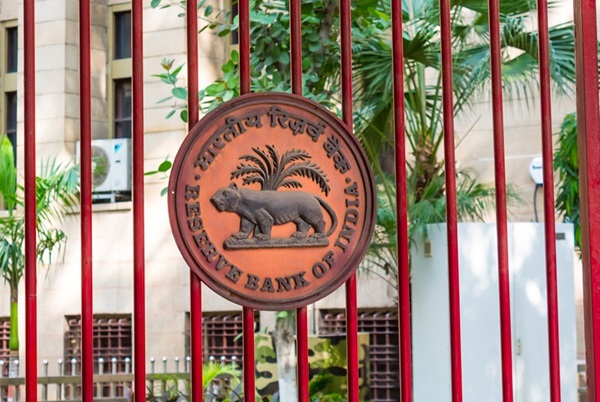.png)
Buffer That Wasn’t Needed And Why That Matters
RBI not triggering a key crisis buffer signals confidence in India’s financial stability—and a bet that growth can coexist with prudence.


Dr. Srinath Sridharan is a Corporate Advisor & Independent Director on Corporate Boards. He is the author of ‘Family and Dhanda’.
April 16, 2025 at 3:33 PM IST
When it comes to financial stability, sometimes the most powerful signal is the choice not to act.
Imagine a household with a rainy-day fund. When times are good, you set aside a bit extra—just in case something unexpected happens. You don’t spend it right away, but you sleep better knowing it’s there.
The Countercyclical Capital Buffer serves the same purpose for banks: it’s a cushion built during good times to soften the blow when things turn rough.
In its latest policy review, the Reserve Bank of India once again chose not to activate this buffer, a regulatory tool designed to insulate the banking system during periods of financial excess and economic volatility. This might seem like a non-event. But in the world of financial stability, what regulators choose not to do can sometimes be more telling than what they do.
The CCyB is a critical but often misunderstood piece of the post-2008 global financial architecture. In practical terms, it is a reserve of extra capital that banks must build up during periods of strong credit growth. This buffer can then be released during economic downturns to help banks absorb losses and continue lending. It is designed to range between 0% and 2.5% of a bank’s risk-weighted assets.
Introduced globally under the Basel III reforms following the 2008 crisis, the framework was adopted by India in 2015, but it has never been activated. The decision to activate it is based on systemic indicators such as the credit-to-GDP gap and other financial stability metrics.
Not Used
The CCyB was created to solve one glaring weakness revealed in 2008: banks didn’t have enough capital when things went wrong. When credit expanded too quickly, relative to economic fundamentals, banks were left exposed. The CCyB was designed as a flexible capital layer to absorb shocks.
India adopted the framework in 2015, understanding that the buffer would be deployed when systemic risks rose—particularly when credit growth outpaced the real economy. Yet, a decade later, the buffer has remained dormant.
The RBI’s recent decision to leave the CCyB at zero reflects a cautious and data-driven approach. After reviewing a wide array of systemic indicators, including the credit-to-GDP gap, the RBI has concluded that risks are balanced. Credit growth is strong but not reckless. The financial system is stable. And the broader economy is resilient despite global uncertainties like geopolitical risks, trade realignments and commodity volatility.
Strategic Signal
This reflects confidence in India’s current financial resilience—and a desire not to constrain credit flows unnecessarily.
It would be a mistake to interpret this decision as a signal of permanent ease. The CCyB is designed to be flexible. It can be activated quickly if early signs of risk emerge—whether through overheating in credit markets, rapid asset inflation, or structural imbalances.
The RBI’s stance is consistent with a long-standing posture: risk-aware, growth-sensitive, and anchored in prudence. Indian regulators have often been seen as conservative—but in a global economy shaped by uncertainty, that caution has proved to be an asset.
Activating the buffer would require banks to set aside more capital. This could have a chilling effect on lending, especially to small and medium enterprises, startups, and infrastructure ventures that are the engines of India’s growth story. By keeping the buffer inactive, the RBI is allowing the banking system to lend more freely without additional capital costs—boosting liquidity, supporting entrepreneurship, and keeping the cost of borrowing in check.
The question now is whether banks will leverage this latitude to fuel growth or repeat past excesses.



